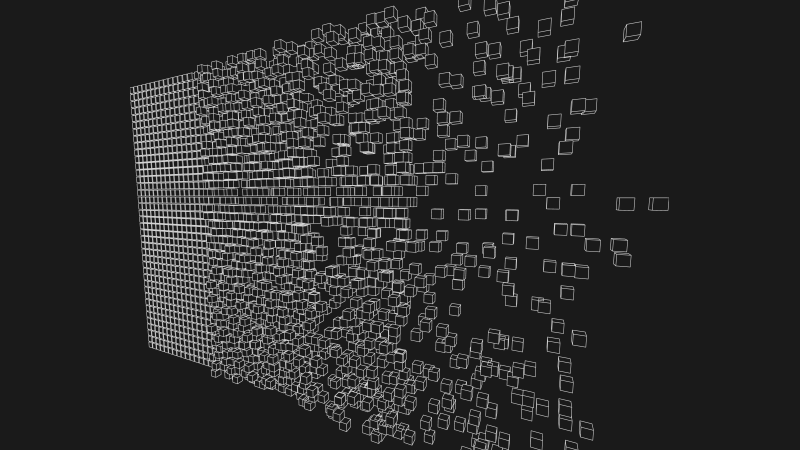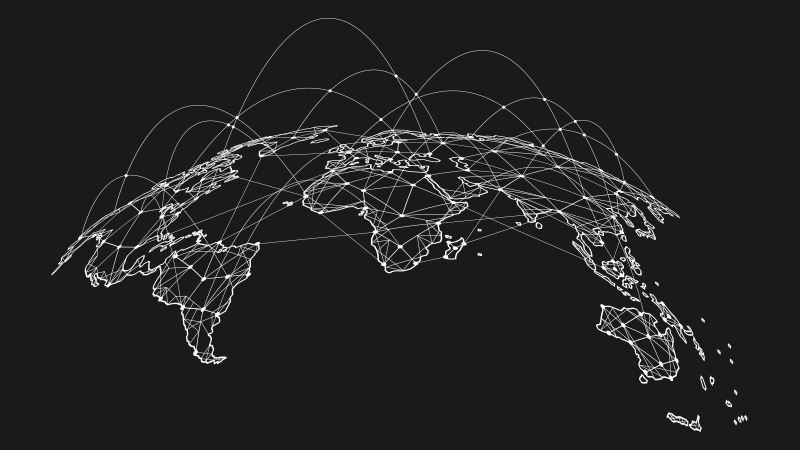Security Assessments
Helping you prevent cyber attacks and data breaches by identifying network and application vulnerabilities, applying mitigation strategies, and working to implement best practices.
Security assessments are conducted to understand and improve your overall cybersecurity posture. A full scope assessment of physical, wireless, network, and application security will allow you to recognize issues and improve your strategy to defend against threats.
Digital Cloak can help you identify vulnerabilities in your security posture through the utilization of various types of security assessments. Our experienced assessment team can identify potential risks using a holistic approach to inventory assets and provide analysis to determine methods to improve current configurations.

Security Assessments In a Nutshell
A security assessment is a systematic review of physical, network, application, and user-based controls of an organization. Assessments are conducted to evaluate security measures, identify vulnerabilities or misconfigurations, create a remediation plan to address the risk, and confirm the effectiveness of the remediation activites. An assessment will provide a holistic understanding of your security landscape, which will empower you to remediate issues and move forward with a better understanding of your Information Technology (IT) risks.

How Digital Cloak Can Help
We can help you strengthen your IT systems and physical security controls to reduce organizational risk of cyber attacks and intrusions. Digital Cloak security assessment teams have experience evaluating various aspects of security including servers, workstations, and other networks hosts; existing policies, practices, and procedures; databases and mainframes; infrastructure and orchestration systems; physical access to infrastructure; and web applications.

Digital Cloak’s Vulnerability Assessment Process
When performing vulnerability assessments, Digital Cloak implements a four-step process.
1. Vulnerability Identification
We test the security controls of servers, applications, and other systems to identify potential attack vectors and how they interact with an application or network environment. This process is facilitated by an scans and audits across an agreed upon scope and enriched using data from asset management systems and threat intelligence feeds. Our security engineers use reliable tools and verify all findings manually.
2. Vulnerability Analysis
We test the assessment findings identified in order to verify accuracy and impact to the organization. This process involves recognizing the source/cause within the application or network component and understanding the impact that its exploitation may have on the organization.
3. Risk Assessment
We document and categorize the previously identified vulnerabilities by severity. We establish priority by evaluating factors such as total business impact, risk of data exposure, affected business functions, ease of attack/severity of an attack vector, and potential resulting damage from an attack.
4. Remediation
We work with your team to remediate vulnerabilities in order of severity and business impact. We collaborate with security, development, and operations teams to develop an effective strategy to remediate or mitigate each vulnerability across an enterprise. Steps might include introducing new security procedures, policies, or tools and/or developing and implementing new vulnerability patches.

Thorough security assessments need to be conducted often to scan for new and existing threats. These assessments can be streamlined by collaborative exercises where assessment teams coordinate with defenders to actively find and fix security issues.
Our security engineers have extensive experience with enterprise systems, industry standard security tools, and networking knowledge. Digital Cloak maintains a comitment to bring our clients the best possible returns by actively working with your security teams to remediate and retest vulnerabilities found. In addition to remediation, we also recommend tools and services to proactively strengthen your environment while considering what would best fit your organization. Tools like Web Application Firewalls (WAFs), Security Information and Event Management systems (SIEMs), and Identity Access Management systems (IdAMs) are all proactive ways to strengthen your security posture.